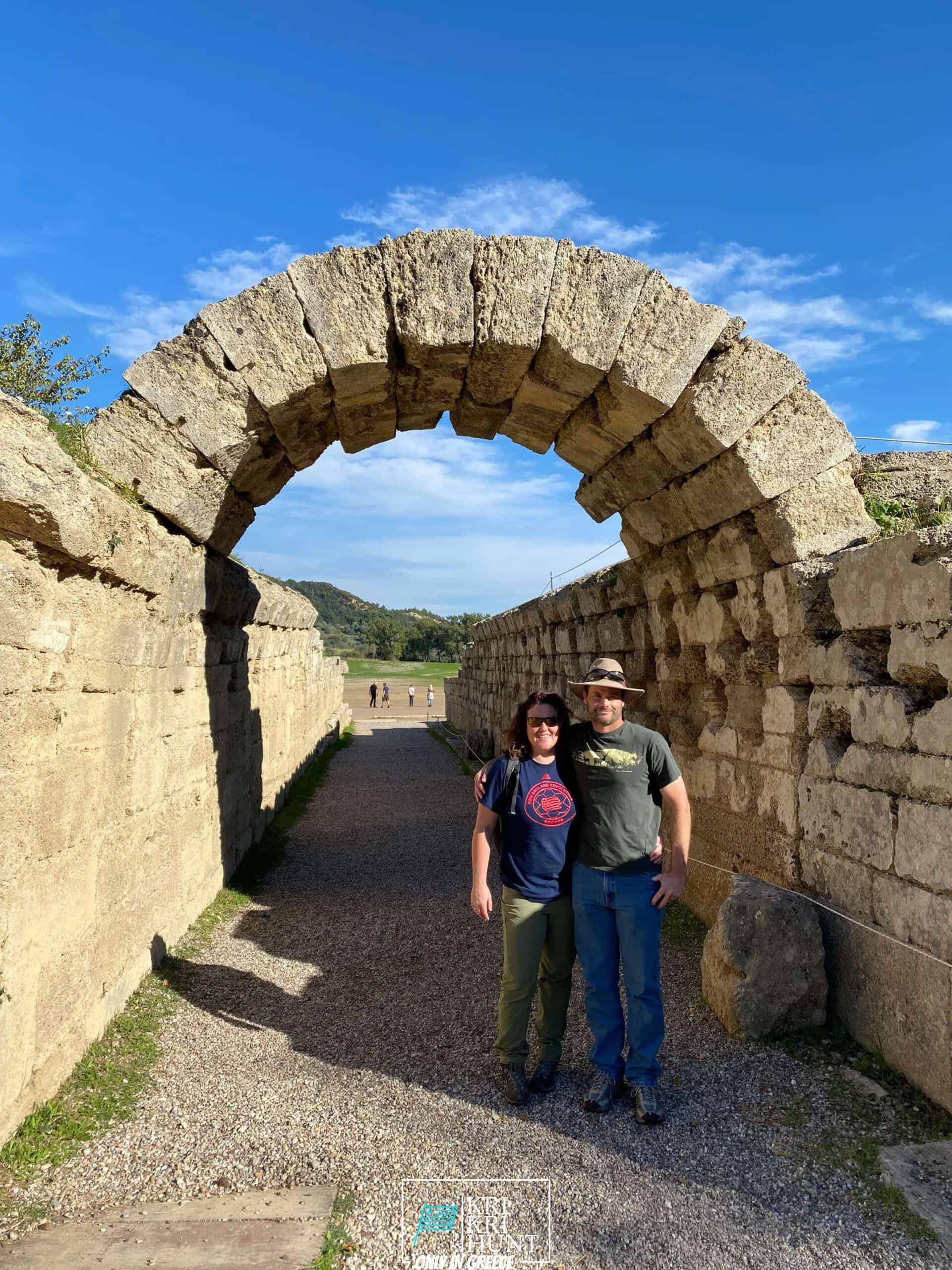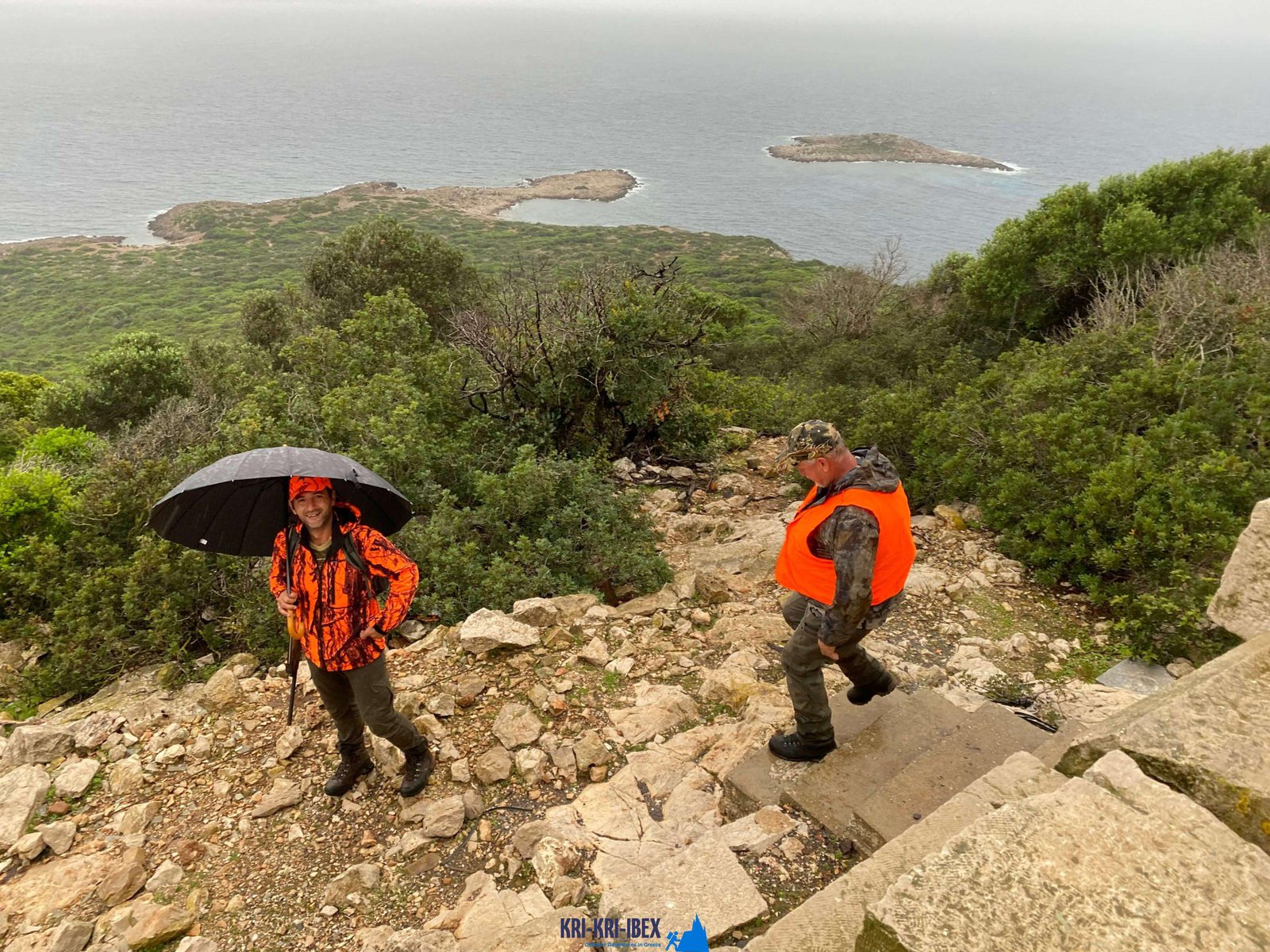Discover the best place for hunting Kri Kri ibex in Greece
Discover the best place for hunting Kri Kri ibex in Greece
Blog Article

They state that the Peloponnese peninsula is the "actual" Greece. And also we say, if you're trying to find an unforgettable adventure, our searching and also touring Peloponnese excursion from Methoni is the excellent way to experience all that this attractive nation needs to offer.

Pursuing the kri kri ibex in Greece can be a tough undertaking. Hunting huge game in Greece is hard for international hunters. Wild boars as well as roe deer are the sole alternative for local hunters besides the kri kri ibex, which is only pursued in thoroughly safeguarded special hunting territories such as specific islands. The Kri Kri Ibex as well as mouflon can just be fired on unique hunting locations from early morning until twelve noon, according to Greek regulation. Slugs are the only ammunition permitted. You should schedule at least a year in advance for a license. To ensure that only major hunters are permitted on these trips, the Greek Ministry of Nature and also Agriculture issues licenses. To guarantee that the government issues a certain number of licenses per year.
Our outdoor searching, fishing, and also free diving trips are the best means to see everything that Peloponnese has to provide. These excursions are developed for tourists who intend to leave the beaten path and also actually experience all that this extraordinary area needs to supply. You'll reach go searching in some of the most gorgeous wilderness areas in Greece, fish in crystal-clear waters for a range of different types, as well as complimentary dive in several of one of the most magnificent coast in the Mediterranean. And also most importantly, our seasoned overviews will certainly exist with you every step of the way to ensure that you have a pleasurable and safe experience.
Look no additionally than the Sapientza island in Greece if you are looking for Kri Kri ibex hunt and extraordinary holiday destination. With its stunning natural charm, tasty food, and rich society, you will certainly not be dissatisfied. Schedule one of our hunting as well as touring Peloponnese Tours from Methoni today, dot neglect your prize Kri Kri ibex!
What is the diference between Kri Kri ibex, Bezoar ibex and hybrid ibex
The kri-kri is not thought to be indigenous to Crete, most likely having been imported to the island during the time of the Minoan civilization. Nevertheless, it is found nowhere else and is therefore endemic to Crete. It was common throughout the Aegean but the peaks of the 8,000 ft (2,400 m) White Mountains of Western Crete are their last strongholds–particularly a series of almost vertical 3,000 ft (900 m) cliffs called ‘the Untrodden’—at the head of the Samaria Gorge. This mountain range, which hosts another 14 endemic animal species, is protected as a UNESCO Biosphere Reserve. In total, their range extends to the White Mountains, the Samaria National Forest and the islets of Dia, Thodorou, and Agii Pandes.
This Ibex is NOT a diminutive form of the Bezoar Ibex, which has migrated into the western-most reach of the range of this species. The kri – kri (Capra aegagrus cretica), sometimes called the Cretan goat, Agrimi, or Cretan Ibex, is a feral goat inhabiting the Eastern Mediterranean, previously considered a subspecies of wild goat. The kri-kri has a light brownish coat with a darker band around its neck. It has two horns that sweep back from the head. In the wild they are shy and avoid tourists, resting during the day. The animal can leap some distance or climb seemingly sheer cliffs.
“The agrimi goat Capra aegagrus cretica is unique to Crete and its offshore islands. It has been identi®ed as a sub-species of the wild bezoar goat Capra aegagrus aegagrus Erxleben, 1777, which it closely resembles in horn shape, body form and coloration. This classi®cation has been disputed by some researchers who claim that the agrimi are feral goats, derived from early domestic stock brought to the island by the ®rst Neolithic settlers. In order to clarify this issue, DNA analyses (cytochrome b and D loop sequences) were carried out on tissue of live and skeletonized agrimi and compared to sequences of wild and domestic caprines. Results conclusively show the agrimi to be a feral animal, that clades with domestic goats (Capra hircus) rather than with wild Asiatic bezoar. This study demonstrates that morphometric criteria do not necessarily re¯ect genetic af®nities, and that the taxonomic classi®cation of agrimi should be revised.”
Report this page